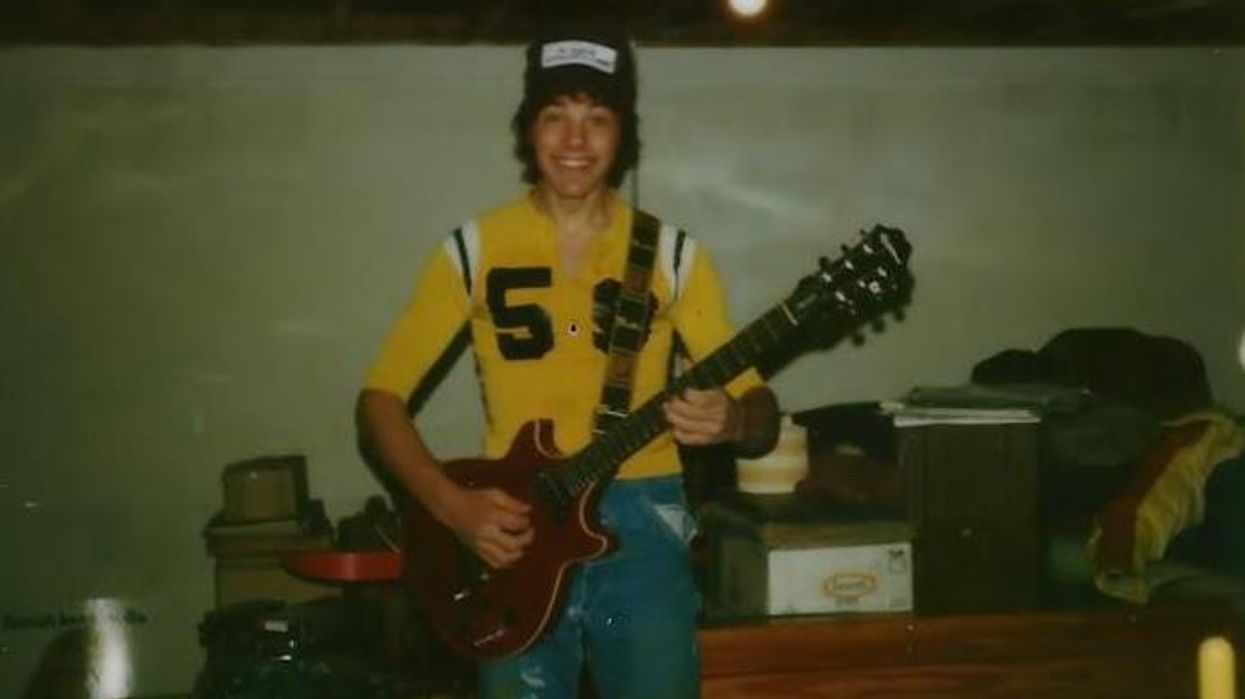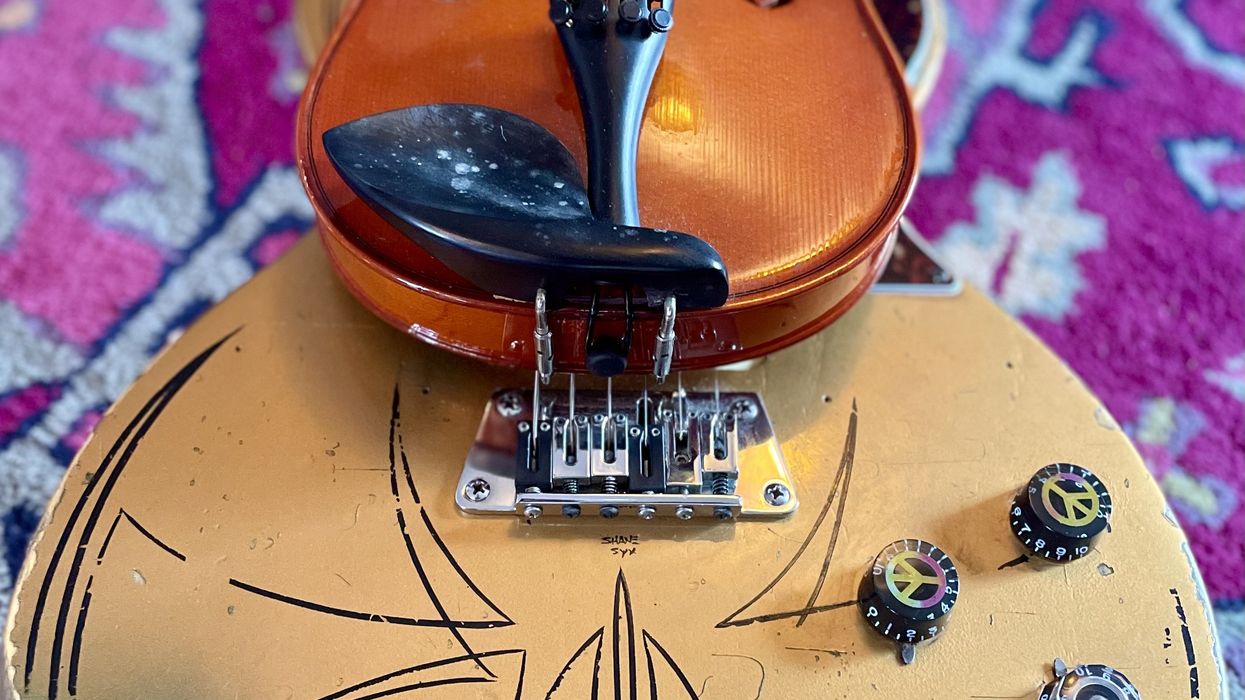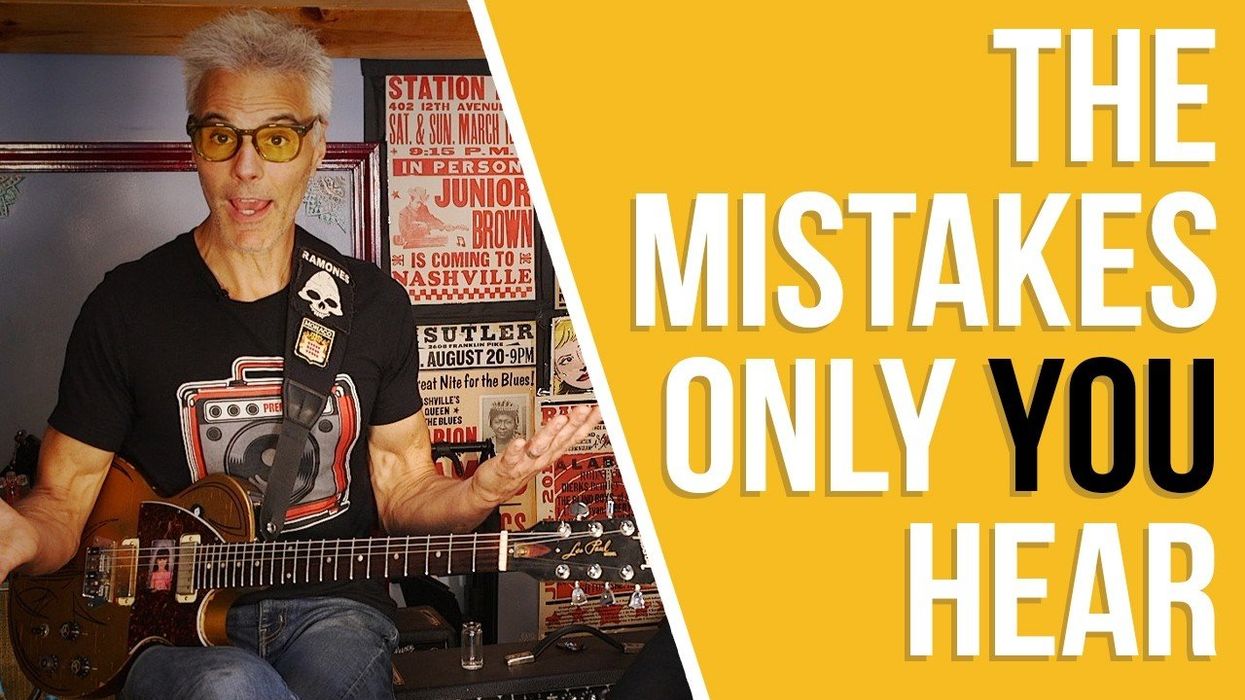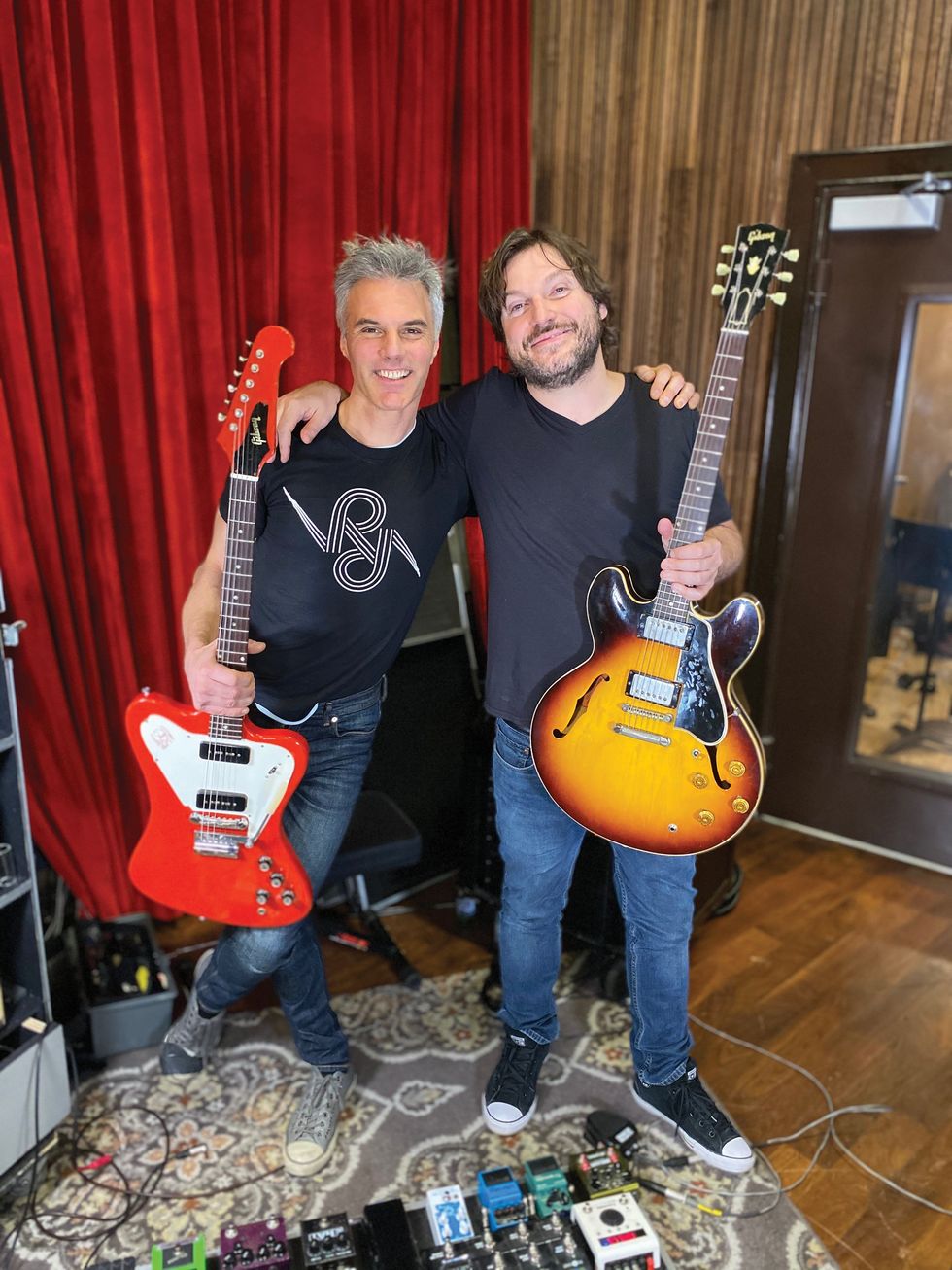Traditional recording studios have been disappearing for well over 15 years. Because the revenue stream from physical sales has been eradicated, to a large degree, even major-label budgets have been slashed. This has presented musicians with a set of challenges, but it has also created new opportunities.
Many drummers have capitalized on the closing of studios by building a drum room at home. When tracking a song, once drummers have recorded their parts, the need for an actual physical space with room to reverberate is all but gone until vocals get cut, which, in many cases, happens in a closet or a well-padded corner of a bedroom.
This has led to an increasing need for other musicians to be able to do professional-sounding tracks in their homes and turn them around via the internet, often in a day or two. For many of my colleagues, “mail-order sessions” have become a major revenue stream. Numerous studio legends from the ’70s and ’80s are reporting doing as much as 90 percent of their sessions from home these days. So, what does all this mean for us bassists? Let’s talk about the way I’ve personally been approaching mail-order sessions.
Most clients understand the necessity of having two tracks to blend together for increased control over how much personality or dirt they want in the bass tone. Typically, my mail-order clients don’t provide me with a ton of directions, so I take an approach where they won’t have to do all the work themselves in postproduction. Still, I give them a pretty easy palette to work with if they do want an increased level of sonic personality. For most clients, I’ll provide two or three unedited takes with varying amounts of busyness. Take one is often a very safe approach, with little melodic content, sticking with the kick drum. I dial it up creatively from there until the third take, where there might be a few too many ideas coming out. In my mind, that take is for a client to grab a fill or two if they feel the song needs more energy in a particular spot.
Line 1. In a traditional recording studio, this line would be the bass plugged into the engineer’s favorite DI. The engineer is simply getting a cable from my bass, and he or she gets to choose everything that is done to this clean line. When recording at home, the straight-DI line is a little less clean, since the client most likely won’t have access to a compressor or preamp as nice as a professional studio would have, nor are they likely to have the engineering ability of someone working in a major studio. I send a line that is squeaky clean to the ear, but has gone through a DI with some personality.
My current “hotel room DI” is a very affordable Mesa/Boogie Subway. I send the client the post-EQ line out because I add just enough equalization on the preamp/DI to fit the specific bass I am playing. I also add slight compression from my EBS MultiComp pedal and some more slight compression from a Logic X plug-in. Just like the equalization, the compression is so slight that it will work “as is” in case the client does not want to spend time on it, but it leaves room to compress it harder if desired. In short, the DI line I provide for a mail-order session has basic salt and pepper. If you want your course to have more spice, you should either tell me before I start cooking or add seasoning to taste after it is brought to your table. The meal I prepare is for a wide swath of palates.
Line 2. Speaking of salt and pepper, line 2 is often referred to as the “amp line,” but is, in fact, an amplifier-simulation line with varying amounts of tube simulation, or even distortion. There are many digital outboard amplifier simulation options nowadays, but I stick to the analog route: an MXR M80 preamp/distortion and a DSM OmniCabSim. This setup is inexpensive, pedal-based, and produces great results.
Because the purpose is to simulate a miked-up vintage combo like an Ampeg B-15 or a full-on 8x10 bass rig, this line is much less pristine than line 1, but rarely has the sound of all-out distortion, unless the clientspecifically asks for it. When more in-your-face distortion is desired, the combination of good tube simulation, a touch of dirt, and a softer midrange makes a line ripe for sounding great with most distortion plug-ins after the fact. I am a big believer in seasoning to taste after delivery. Recording with too much EQ, compression, or distortion will leave a client with only one option, which is usually not a good thing.
Recording with people who track their parts in different cities or countries can be a tremendously inspiring experience. And in most cases, it doesn’t take much money or time to make competitive-sounding bass tracks from wherever you are reading this right now.


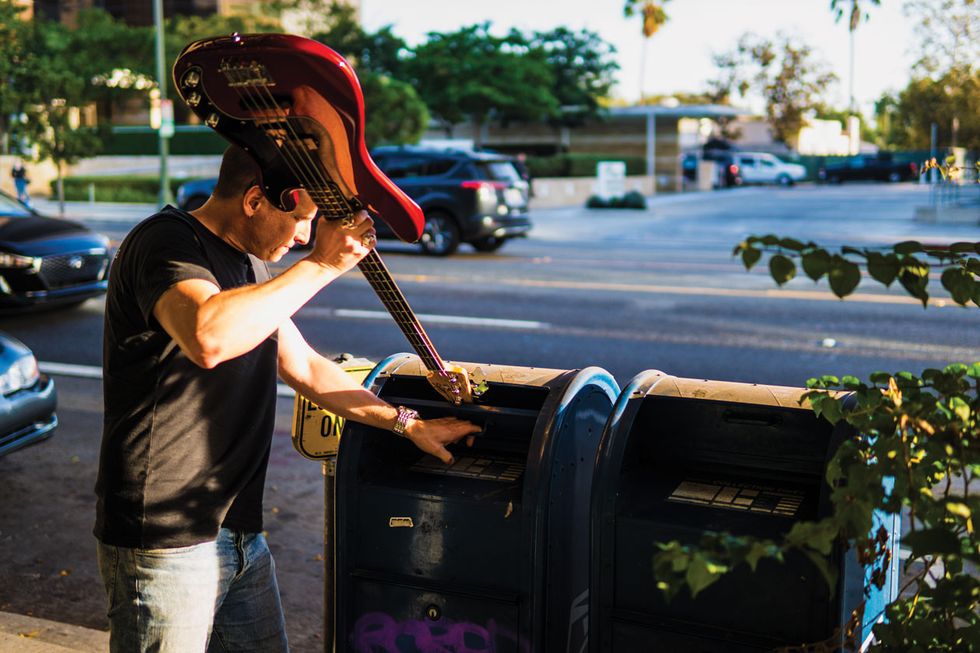









![Rig Rundown: Russian Circles’ Mike Sullivan [2025]](https://www.premierguitar.com/media-library/youtube.jpg?id=62303631&width=1245&height=700&quality=70&coordinates=0%2C0%2C0%2C0)



